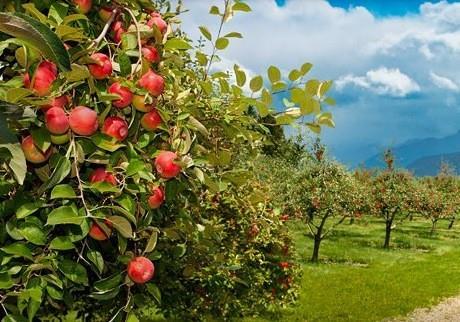
A significant quantity of the world’s kiwifruit, apple and avocado is produced in New Zealand and it’s estimated that 14 per cent of all agricultural land is categorised as highly productive.
New Zealand’s agriculture minister, Damien O’Connor, spoke of the challenges that lie ahead, including feeding a growing population.
“Our land is a precious taonga (natural resource) – an irreplaceable treasure and a source of life and wellness for our country,” said O’Connor.
“We have a well-earned reputation for producing some of the best food in the world. Continuing to grow food in the volumes and quality we have come to expect depends on the availability of land and the quality of the soil.”
“Once productive land is built on, we can’t use it for food production, which is why we need to act now. We cannot afford to lose our most highly productive land,” he said.
Environment minister, David Parker, said the draft National Policy Statement for Highly Productive Land (NPS-HPL) proposes a nationwide approach to protecting the most productive land for future generations.
“(We must ensure that) we get the balance right and that the development we need is in the right place. We need to house our people and to feed them too.”
“(The land) is under increasing pressure from expanding urban areas and the growing number of lifestyle blocks,” said Parker.
The proposal puts the onus on councils to ensure the availability of highly productive land for primary production now and in the future.
Councils will also be required to protect the land from inappropriate subdivision, use and development by analysing alternatives, benefits and costs when considering urban expansion in highly productive areas
The NPS-HPL also supports other important government priorities, including freshwater management.
The proposals form part of a two-month consultation period which the New Zealand government are hoping will attract a wide range of feedback from all interested parties.






No comments yet